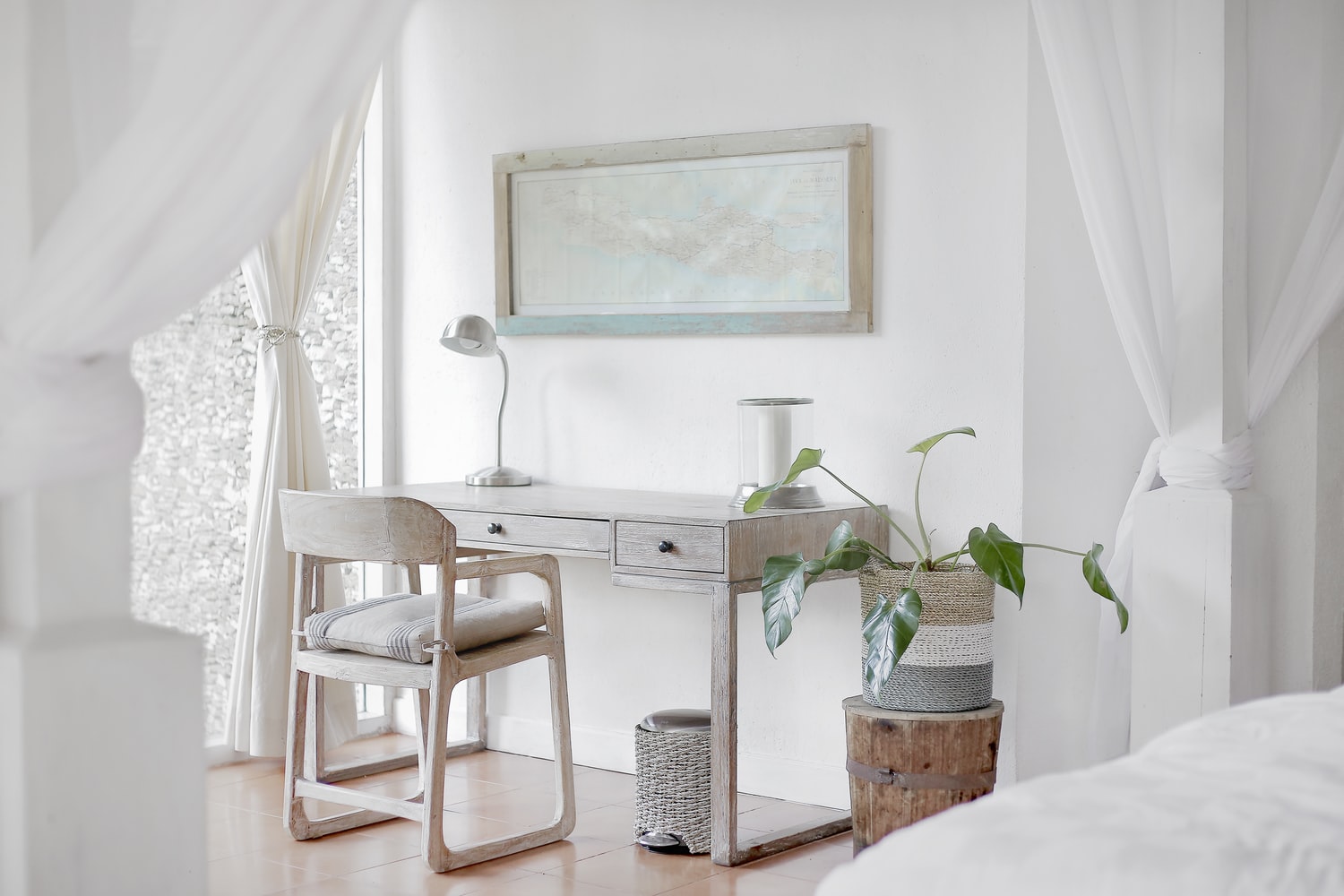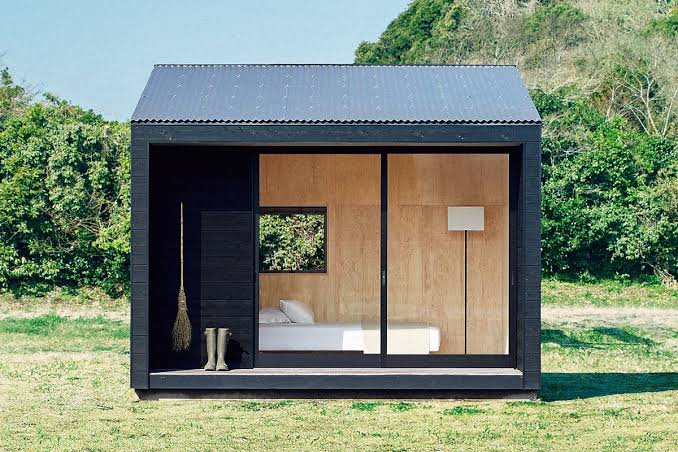
Minimalism isn’t just one of those trendy words that get flung around before disappearing into thin air. While several authors and influencers (think Marie Kondo, Joshua Becker, and Francine Jay) have reignited the interest in minimalism as a lifestyle and art form, it is a concept that has been around for some time.
It first became popular in the 1950s as an art movement encompassing music and visual arts before being adopted into design and architecture, and finally, into a lifestyle. Whether as an art or a way of living, the concept remains the same: the appreciation of simplicity and putting the focus on what’s important.
As a lifestyle, Joshua Becker gives this simple explanation of what minimalism entails: “Minimalism is owning fewer possessions ... minimalism is intentionally living with only the things I really need — those items that support my purpose. I am removing the distraction of excess possessions so I can focus more on those things that matter most.”
In other words, it emphasizes finding what’s truly important to you by minimizing what is unnecessary or excessive in your life —material or otherwise.
Many mistake this for extreme examples, like paring down their possessions to what will fit into a backpack. But many proponents of modern-day minimalism agree: adopting the minimalist lifestyle isn’t prescriptive and is quite flexible and customizable.
But why exactly is this lifestyle popular among millennials?
Some say it’s a response to the hoarding mentality of their boomer parents or a reaction to having grown up and joining the job force during the Great Recession. Meanwhile, others claim it appeals to a set of values particular to the millennial generation.
This movement is shaping the economic market itself. Consider this: 78% of millennials would rather “pay for an experience rather than material goods,” according to a Bloomberg report citing a survey from Harris Poll and Eventbrite.
The environmental impact also figures strongly in the move towards minimalism. Gallup found that the millennials' concern about global warming is at a high point. A 2015 study by Diana Ivanova, et al. also found that “between 60–80% of the impacts on the planet come from household consumption.” It’s no surprise why many millennials use minimalism as a way to cut their carbon footprint.
Joshua Becker contributes more reasons millennials are turning to minimalism:
Living preferences
88% of millennials prefer to live in urban cities. However, city living also means sky-high prices for real estate. This has forced millennials to occupy smaller spaces that are an antithesis to hoarding but perfect for minimalism.

A Muji Hut tiny house for sale in Japan. Minimalism gave rise to tiny homes that minimize clutter by maximizing indoor and outdoor spaces.
Debt and unemployment
The burden of student loans and the fact that millennials earn 20% less than baby boomers did at the same stage of their life have significantly affected their ability to accumulate wealth and, consequently, possessions.
Corporate mistrust
Millennials have also shown a distrust of large corporations, preferring to make purchases from small, local retailers. They also prefer sustainable products and are, in fact, even willing to pay extra for it. Sustainable, long-lasting products mean there’s less need for frequent purchases.
In some ways, it’s hard to tell if millennials chose minimalism or if their circumstances forced minimalism upon them. However, minimalism is in no way a generation thing. Everyone can practice minimalism in some form and there are benefits to this lifestyle.
Benefits of minimalism
Become better organized
This one’s a no-brainer. Minimalism advocates for decluttering your space, and once you’ve gotten rid of that clutter, minimalism means the discipline not to buy more stuff to replace that clutter — thus, keeping you more organized and mess-free.
Learn prioritization
Marie Kondo asks you, “Does this spark joy?” It’s another way of prioritization: Is this really important? Do I need this? If not, then let it go. Decluttering your things can help get you into a prioritization mind frame even for non-material things such as tasks or commitments.
As Kondo says, “It’s about understanding what needs to go versus what’s important to you.”
Gain a clear headspace
A wonderful by-product of adopting a minimalist lifestyle is that without so much clutter and mess to worry about, people can find a sense of mental relief. The simple act of clearing out your closet or junk drawer can be calming and empowering. All that clear physical and mental space can even help you practice better mindfulness at home.
Save money
Minimalism encourages indulging in less retail therapy and consumerism. When you’re no longer wasting your money on frivolous and unnecessary stuff, then you can help you build up your savings and manage your expenses.
How people practice minimalism
Knowing all of these are great, but how can you actually practice minimalism? You don’t have to get rid of everything and live out of a suitcase. You can start with some of these:
- Your closet. When was the last time you wore that shirt? If you haven’t worn it in the past week — let alone, month —you can probably donate it to someone who would.
- Your books, magazines, and CDs. How many copies of that book do you have anyway? Do you still even listen to those CDs anymore? And when was the last time you picked up that magazine?
- Your meals. Introduce simpler and healthier meals to your diet. You can even try meal prepping — not only will you save money otherwise spent on eating out or delivery, but you also ensure that you and your family are eating healthy.
- Your calendar. Minimalism isn’t just about tangible things. An important aspect you can save on is your time and effort. Look through your social or work calendar and see which parties, meetings, or after-school or after-work commitments aren’t necessary or are no longer serving you.
You may also like
How to Make Sustainable Choices When Decorating Your Home
Making Your Home More Sustainable: Our Top Tips
Making Comfortable Choices in Eco-Friendly Furniture
The Most Effective Steps That Help You Become More Environmentally-Friendly
